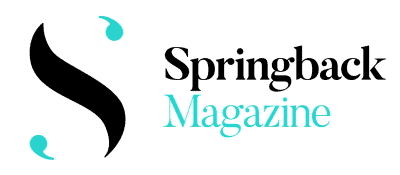We meet in the foyer of Sadler’s Wells, where three screens are showing dance films on loop, headphones dangling. ‘I don’t like to talk about age,’ shrugs veteran Bausch performer Malou Airaudo in Sarah Vaughan-Jones’ film ‘No Space for Age’ (2022), ‘There is no space for that on stage.’ Afterwards in a pub, Liza wonders how exactly we’re going to talk about age in our article. Dom doesn’t know. Can we say elderly people? Not old, surely. We agree on older dancers.
I never think that I am an older performer (who likes to think themselves as old, or older? older than what? than who? than myself?)…. so maybe this is why I cannot answer this question.
—Louise Lecavalier
Elixir Festival was launched in 2014 by Sadler’s Wells as a festival for older dancers. As its website claims, the festival aims to ‘challenge perceptions around dance and ageing’. Having only recently turned forty, Dom will admit that he selfishly found little incentive to have his perceptions changed in this area. He hadn’t yet experienced that kind of tectonic shift of priorities, the low-level fatigue and mild panic of turning forty; he hadn’t yet partaken even slightly in the Great Slowing Down. Liza, in her early thirties, will confess that she, perhaps also somewhat selfishly, found more of an incentive to have her perceptions changed, what with being an oral historian and having recently become a Befriender with the charity Age UK.
According to Age UK’s apocalyptic prognosis for ageing, ‘Of all the performing arts, dance is the one that has emerged as the most therapeutic when it comes to staving off the mental and physical ravages of old age’. Sadler’s Wells copy for the festival is, in comparison, considerably more life-affirming, framing the process of growing and maturing in an age-positive light. Admittedly, from the festival line-up, the only thing that’s laid to waste is the theory that a career in dance stops at 30. There’s hope for us yet, Dom! There certainly is, Liza.
Wednesday 10 April
Act 3
Act 3
LW: In the foyer of Sadler’s Wells, six men over 60 wearing white loungewear – bathrobes, socks, and Adidas sliders – disrobe to dance intimate duets on a bare mattress. The mattress seems to offer no comfort, though, nor a platform for companionship, as they each writhe around in mental anguish while their partners look coolly on. There is something that has laid latent at last finding expression here, in what is presumably ‘Act 3’ of the dancer’s lives. An act, no less, that does not appear to offer any denouement, in this durational and ‘on loop’ performance by Christopher Matthews. Queer desire, the choreographer has it, is continuously being played out.
I tried to make a work that didn’t show older bodies as just enjoying dancing and being a light subject matter, but instead tried to show the complexity, vulnerability, and sensuality of someone in their 60’s, 70’s and 80s. Why can’t we see older bodies being authentically vulnerable and sensual? But again, this is not the dance world’s fault, this is something in society. Older sexuality is usually displayed as the butt of the joke and not truth. Normalise seeing queer older bodies as they are beautiful, lived, and sensual.
—Christopher Matthews













